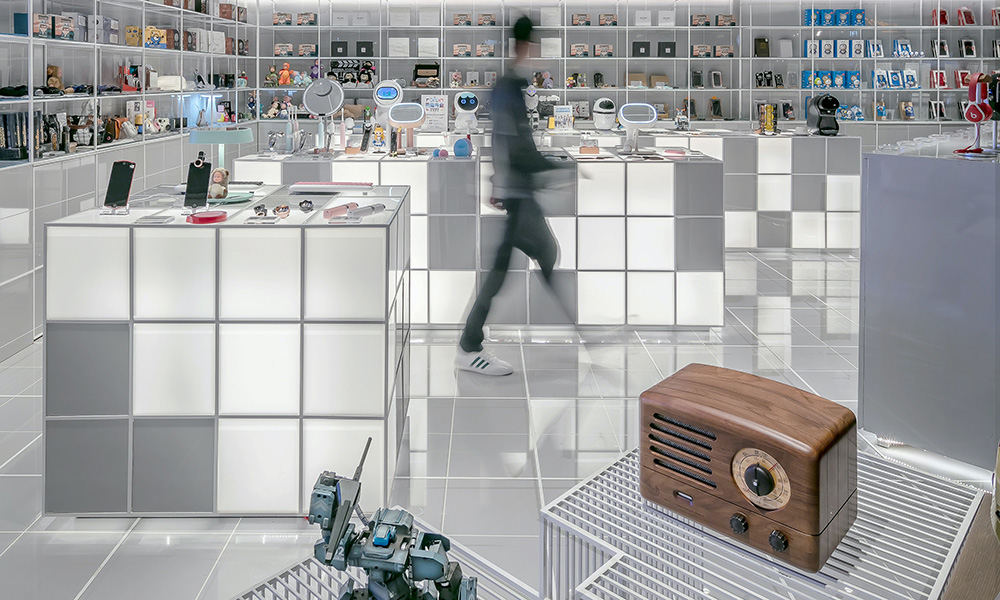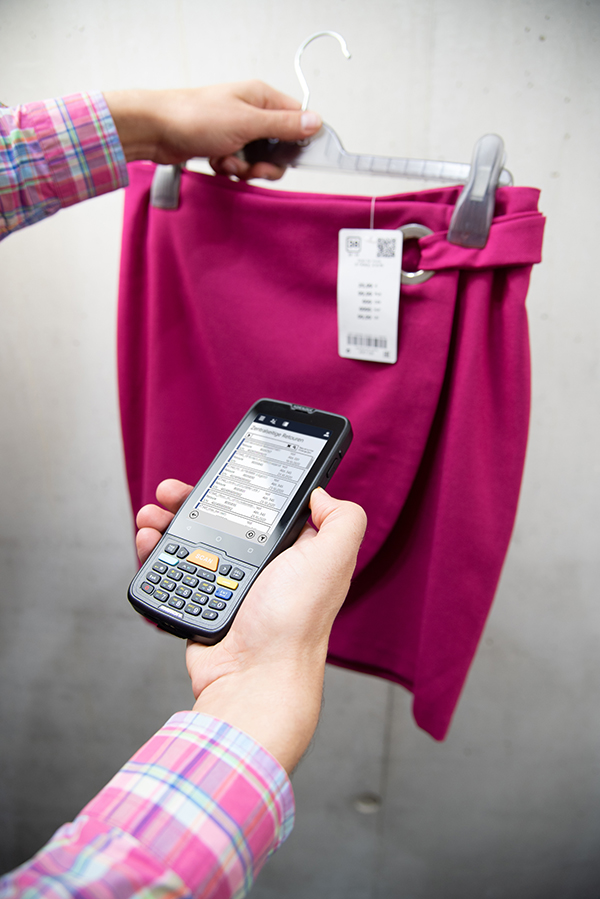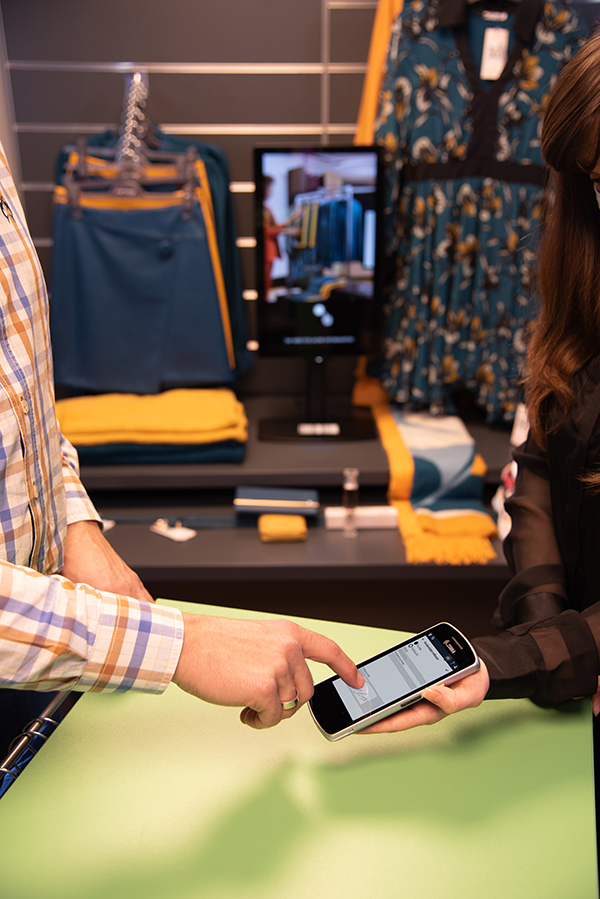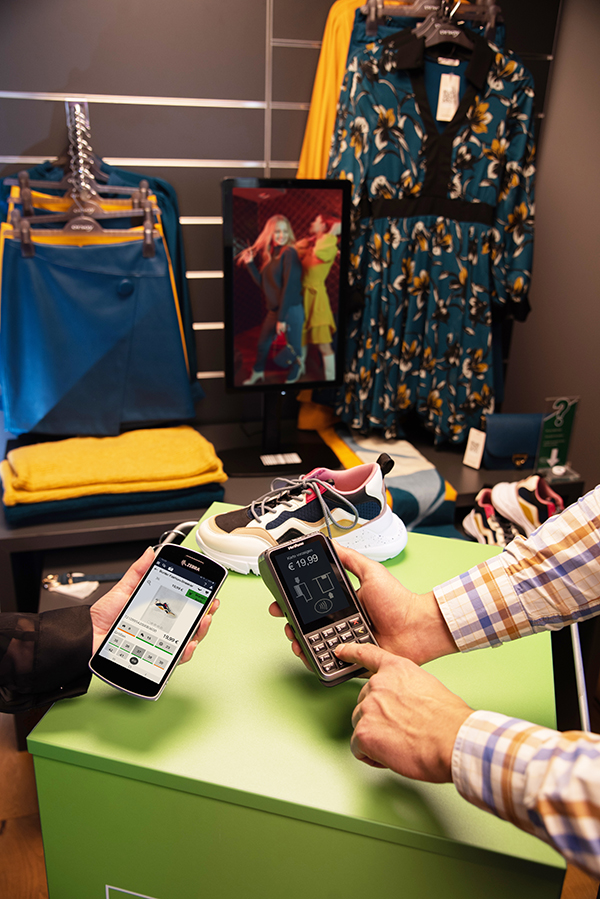
A question of time
One of our most precious goods is time. Everyone only has a limited amount of this valuable raw material, and often we don’t even have free command of how this resource is used. The portion that’s us to use freely - namely: our free time - is therefore all the more valuable.
The question of which activities we consider valuable enough to devote our free time to is therefore anything but trivial.
So why should we put on our shoes, take the car/bus/train/bike and head to a shop whose range of goods we can certainly also find on the Internet. From the couch. In pajamas. Without shoes.
So the store that vies for our time must be able to present us an offer that goes far beyond what’s on the world wide web. Because our demands as customers are growing.
The store that loves me
Even if it sounds superficial and a bit trite: the first impression does count. Nevertheless. Still. We know within milliseconds whether we like someone - or something. Of course, this also applies to retail stores. How a store presents itself to the outside world - before the potential customer has even set foot in the door - tells a lot about its desired audience. An impressive example is the ZARA store in Soho / New York, which uses 3D technology and quickly transformed its shop window into a psychological ball playground:
Or a shopping center in Jakarta that clad its entire exterior facade in LEDs:
But the inside also needs to convince, because, after all, this is where the sales are made. The decision as to how much space the interior designer gets for nifty gadgets certainly depends on the brand message and the overall concept. However, using gamifications to persuade customers to stay longer has its advantages, which can ultimately be reflected directly in sales receipts. Because if brand loyalty is tied to the ‘wow effect’ it can be as good as gold.
In Paris, Nike has opened one of its House of Innovation, which not only uses LEDs par excellence, but also invites you to participate, stay and play at many different stations:
Seamless shopping experiences
Screens and games are nifty and nice, but it is important to sustainably underpin the initial hype about the new and to get customers to come back. Or even better: to accompany them home. Seamless shopping is the magic word of the hour. The skilful, intuitive and added value linking online and offline. The customer chooses from different ways of finding, receiving and possibly even returning their goods: Click & Collect, Click & Reserve, Ship from Store, Return to Retail, etc. It doesn't matter where they eventually found the object of desire, the customer should always be able to buy the product intuitively and without hurdles at every point of their 'journey'. Regardless of whether this happens from a mobile phone during a train journey, on the desktop computer at home or directly on-site within the retail shop. The seller (i.e. the shop) must be found easily and without problems - offline as well as online.



New = sustainable
If a new store is developed or entirely overhauled, no company can any longer avoid the topic of sustainability. A REWE store in Wiesbaden shows how space can be used cleverly for this. Here, herbs are grown under the roof, wood is used as a renewable raw material, areas are left unsealed and particular attention is paid to regional and unpackaged products.